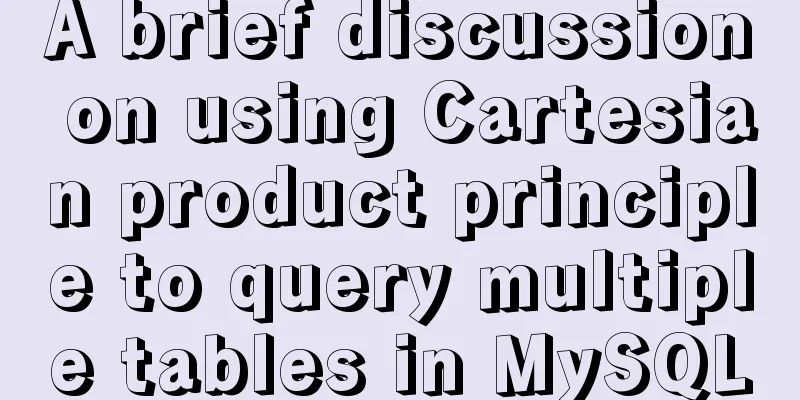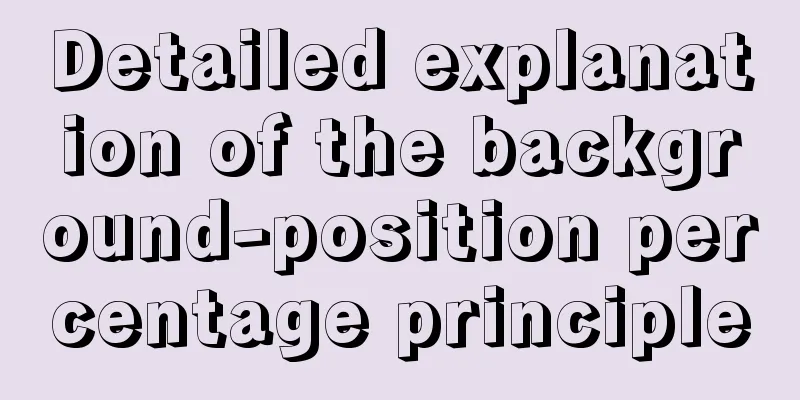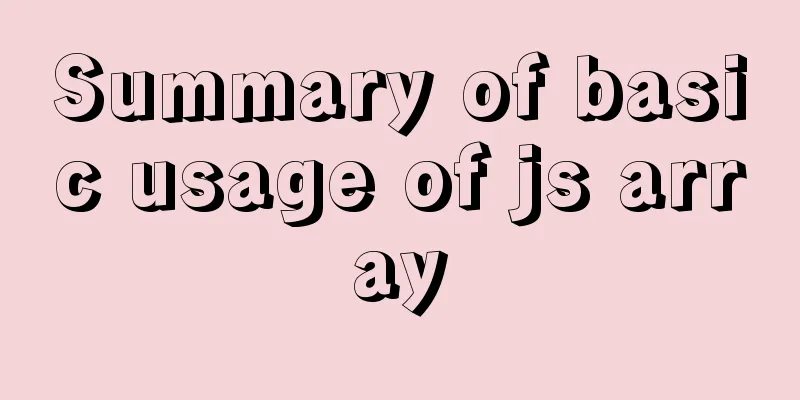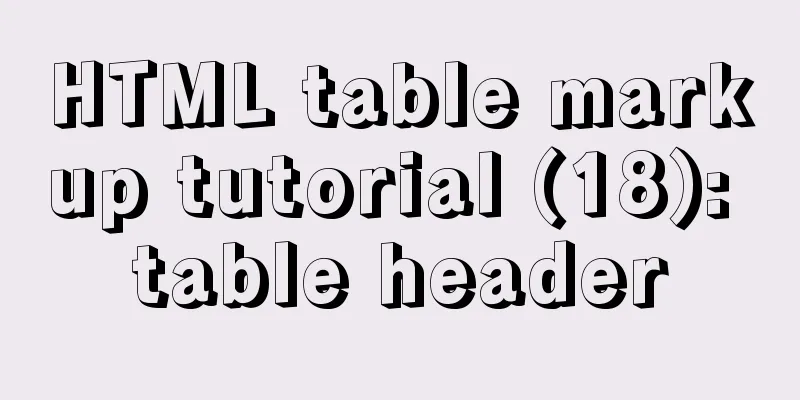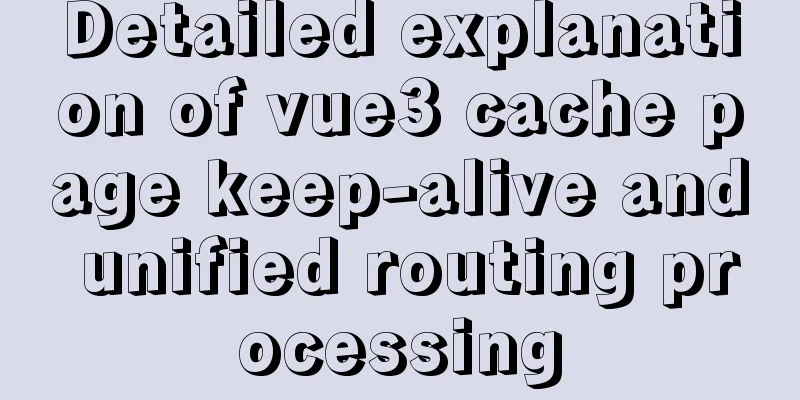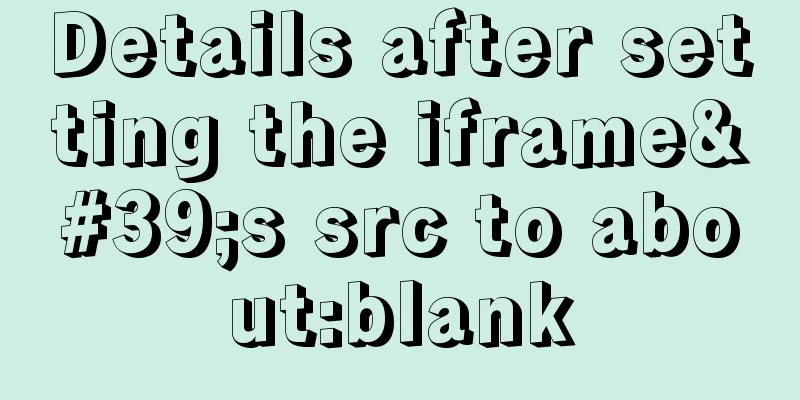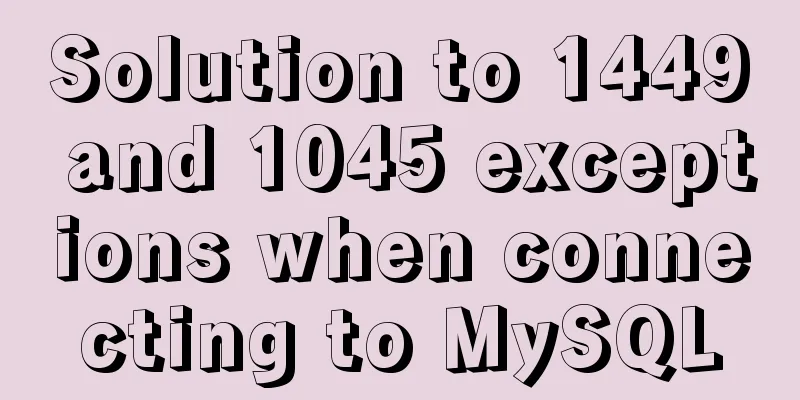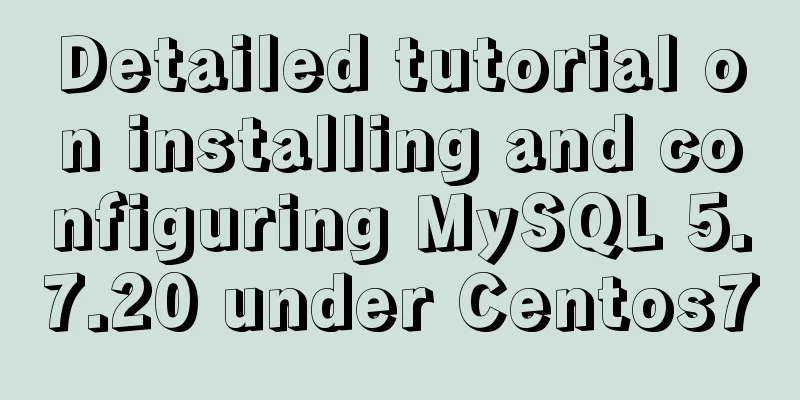Web Design Experience: Efficiently Writing Web Code
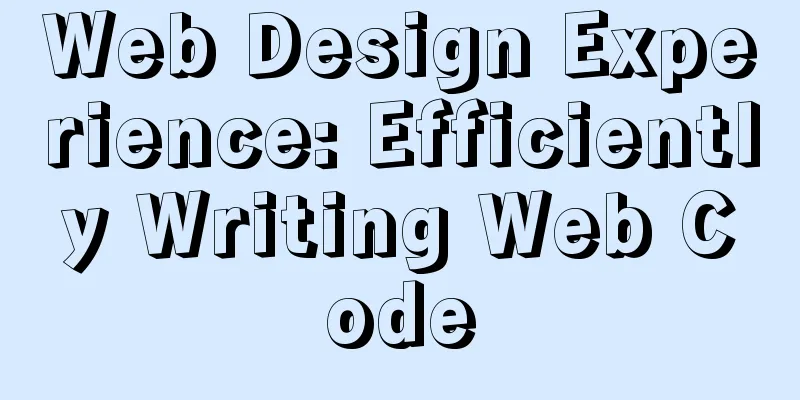
|
Originally, this seventh chapter should be a deep discussion on the layers and spatial techniques in design. But today Nuannuan cried to me and complained that she never had enough things to deal with. In addition, the company successfully completed a lot of business in March and April this year. And some of the experiences summed up at that time. I think it is necessary to share the issue of efficiency with everyone. Due to the tight time schedule, the classification is not clear, please forgive me! This article starts from three aspects: one is the construction of corporate websites (education and government categories are also included in corporate sites), the second is the construction of small portal sites, and thirdly, I will also mention graphic advertising design. Mainly the website. In fact, the workload of corporate sites is not large. I believe that many experienced colleagues can tell you the columns that may be used by ordinary corporate sites. Here we look at these tasks from a different perspective. They are classified according to the content of the page: 1: Home page. The design content here is the highest. The work is also the most complicated. Let’s not talk about design for now. From PS version to HTML, and finally to the entire site. The homepage is often the most modified. What I want to emphasize here is that starting from the homepage, pay attention to using include files . 2: Pagination. How many types of paging are there? In my opinion, it is nothing more than list and view, list page and reading page. list is usually a news list or a picture list. And view, you only need one! Therefore, when building an ordinary corporate website, once the above three pages are completed, 1/3 of the work is basically done. There are also programs and content entry. Purely dynamic site. Content entry is simple. But if it is a site with a large number of static pages, such as educational and government sites. Of course, a considerable part of the reason is that from the perspective of the company or the programmer, pages such as the introduction that are only updated once in a long time are made static. Another situation is that the content contains a large number of pictures, special symbols, formulas, tables, etc. Even with the most powerful editor, editing is still troublesome. Using dw may be more efficient. Only here can I truly express my experience. Let’s first talk about large amounts of text input. Define your P first and remember to indent 2em, because many people pay attention to this. This must also be noted. I believe everyone has QQ open, a lot of text, whether from Word or Notepad, directly copy, paste it into the QQ dialog box and copy it again, remove the redundant things, and then go to the dw code state. Remember, it is the code status that is pasted. At this time, the code status still retains the original paragraphs, but the preview is not segmented. At this time, your P begins to show its power. The starting place is <p>, the ending place is </p>, and the middle paragraphs are copied and pasted directly as "<p></p>". You don't need to press Enter or ALT+SHIFT+SPACE anymore! ! ! Speaking of tables, inserting a table in an editor is not as efficient as inserting it in DW. OK, then draw a table in DW, then copy the code and paste it into the code state of the editor. The effect is good... Speaking of complex content, there are tables, special symbols, formulas, large amounts of text, tables, and pictures. And it's quite long. What should I do? I would like to recommend you a small software called FLASHPAPER, which can convert all the contents into a swf file with scroll bars directly in word. In many cases, the size is smaller than the HTML file you edited bit by bit in DW. In fact, what I want to say is that code status operations are often the most efficient! If the content provided to you by the customer is incomplete or imperfect, this situation will not be considered by me. This is preliminary work. If you don't know how to deal with it properly, please read my first six chapters. **************************************Talk about the dividing line between production and design************************************** In fact, many colleagues spend the most time on design. And corporate sites generally don't have much content. I think you should take a look at the first four chapters of my Advanced Web Design series. It will be of great help to your design. The rest will not be elaborated. Just to emphasize accumulation again. Only by constant accumulation can we make continuous progress. In Chapter 4, about materials, I said: When you see a certain part of a picture, your mind starts to light up, and you find that you can design a whole set of things based entirely on this part. When you receive a task, your brain is like a hard drive, automatically packaging the content in your machine that is similar to this task or can even be used directly. When you want to do something, the available fonts, patterns and small icons in your hard drive will automatically come to your mind. When you want to do something, and you are on the road or riding a bike, you can immediately think of which material on which website you can use. When you see a certain site, you can immediately make an inference and say which site has a similar structure and which site has a similar style. . . If you can do all these, is design still difficult for you? Design is actually a process of continuous accumulation. *********************************************Specially emphasized dividing line************************************ Let me emphasize again that include files can include one or even more include files... Understanding this sentence will save you a lot of effort when making those static and dynamic websites! ****************************************The fundamental dividing line of website design**************************************** I will explore this topic in more depth later. Web design stuff. It's nothing more than mixing pictures and text. |
<<: Process analysis of deploying ASP.NET Core applications on Linux system Docker
>>: The best solution for implementing digital plus and minus buttons with pure CSS
Recommend
HTML end tag issue and w3c standard
According to the principles of W3C, each start tag...
About Vue's 4 auxiliary functions of Vuex
Table of contents 1. Auxiliary functions 2. Examp...
Summary of common functions and usage methods of WeChat applet development
Here, I have mainly sorted out some commonly used...
Div covers the flash. Flash transparent method realizes placing the DIV layer on the flash.
There are two types: (different browsers) 1. Avail...
Introduction to general_log log knowledge points in MySQL
The following operation demonstrations are all ba...
Example of using store in vue3 to record scroll position
Table of contents Overall Effect Listen for conta...
MySQL not null constraint case explanation
Table of contents Set a not null constraint when ...
CSS realizes the speech bubble effect with sharp corners in the small sharp corner chat dialog box
1. Use CSS to draw a small pointed-corner chat di...
Win10 + Ubuntu 16.04 dual system perfect installation tutorial [detailed]
Be sure to remember to back up your data, it is p...
MYSQL development performance research: optimization method for batch inserting data
1. What problems did we encounter? In standard SQ...
Docker network principles and detailed analysis of custom networks
Docker virtualizes a bridge on the host machine. ...
A brief discussion on the solution to the problem of native page compatibility with IE9
Preface Recently, I took over a client's nati...
How to understand the difference between computed and watch in Vue
Table of contents Overview computed watch monitor...
Detailed explanation of referential integrity in SQL (one-to-one, one-to-many, many-to-many)
1. Referential Integrity Referential integrity re...
ReactJs Basics Tutorial - Essential Edition
Table of contents 1. Introduction to ReactJS 2. U...
